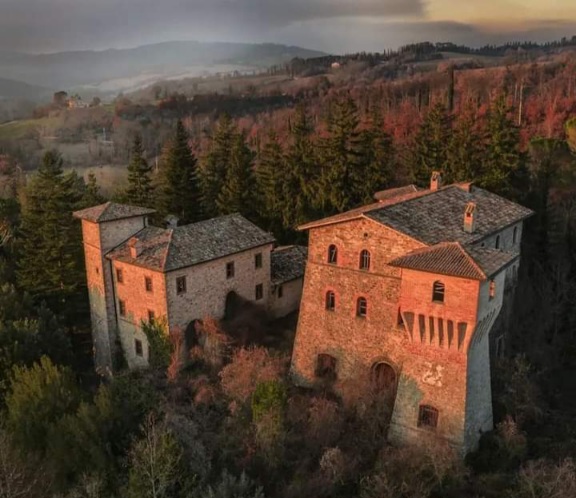
Schifanoia Castle stands amidst centuries-old trees and fertile lands, near the town of Valfabbrica. The current name derives from schivar la noia, a toponym also used in other homes of the seventeenth and eighteenth centuries, to underline that these places were meant for vacation and rest. Built in the fourteenth century, the first records date back to 1377. With certainty in September 1486 the castle was owned by Bernardino Ranieri, and since the latter was very politically active in Perugia, always allied with the Degli Oddi family against the bloody battles with the Baglioni family, the castle suffered the political fate of its owner. Pillaged and half destroyed in 1480, it had the same fate in 1491, because a few evenings earlier Bernardino’s young son had entered Perugia in the dead of night, killing as many Baglioni partisans as he found. The reaction of the Perugian family was immediate, of course, who, arriving with over six hundred armed men, under the castle, unloaded two towers, and opened the walls of the fortress in several places, burned all the remainder. With the conquest of the Baglioni, the castle was abandoned by the Ranieri, who in the meantime had taken refuge in Urbino, and a quarter of a century passed before they were able to return. In the 16th century, with Filippo Ranieri, the destroyed castle was rebuilt, and various lands were added to the property, but a century later, in 1624, the property passed from the Ranieri family to the Della Penna, since Francesca, the last heir, married Captain Paolo Della Penna. In the 19th century it belonged to the Oddi-Baglioni family, and later it came to the Roman family of the Torlonia princes, who still own it today. Don Giulio Torlonia organized hunting trips on horseback there, in which many members of important families participated. Those were the years in which, in the summer, the Roman nobility loved to spend their holidays in their Umbrian estates. At the end of the 20th century they equipped the castle with a pipeline for drinking water, and, today, although uninhabited, it still appears majestic and imposing as it once was, with covered towers, an internal courtyard and large halls in the stately palace.

Roman mosaic masterpiece from Antakya, Turkey. The 1,300-year-old, 9,000-square-foot mosaic was discovered in 2010 while digging the foundation for a new hotel. Archaeologists believe this vast mo...Read more
View (104,791) | Like (0) | Comments (0)
Victoria Falls is a waterfall on the Zambezi River in southern Africa, which provides habitat for several unique species of plants and animals. It is located on the border between Zambia and Zimbab...Read more
View (96,189) | Like (1) | Comments (0)
In the Berber-speaking town of Matmata in Tunisia, traditional underground dwellings are a remarkable feature of the local architecture. These homes, known as troglodyte houses, are dug into the groun...Read more
View (108,547) | Like (0) | Comments (0)
The Castellaccio of Monreale or Castle of San Benedetto is the only example of a monastery - military fortress in western Sicily. The castle was built around the 12th century under William II toget...Read more
View (107,658) | Like (0) | Comments (0)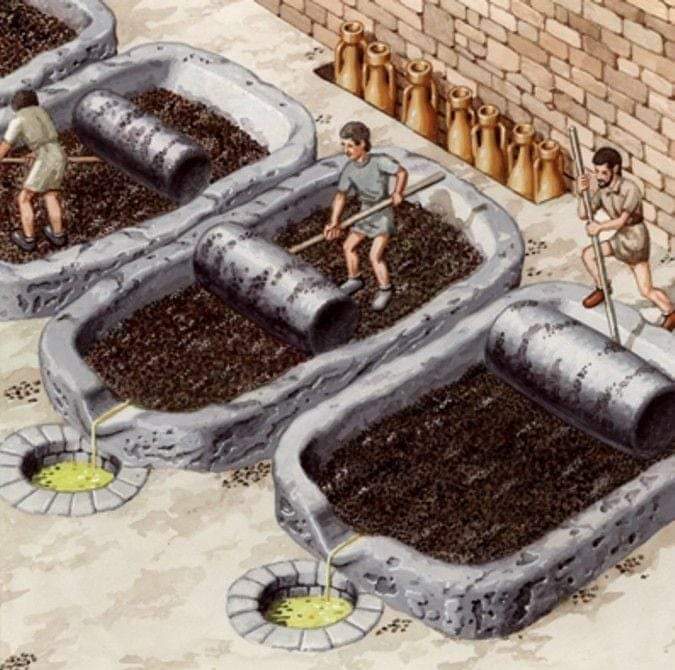
Romans helped make Olive Oil what it is today, improving the techniques for cultivation and transportation. They consumed olives and Olive Oil from the Baetica region of Hispania (modern-day Andalusia...Read more
View (101,391) | Like (0) | Comments (0)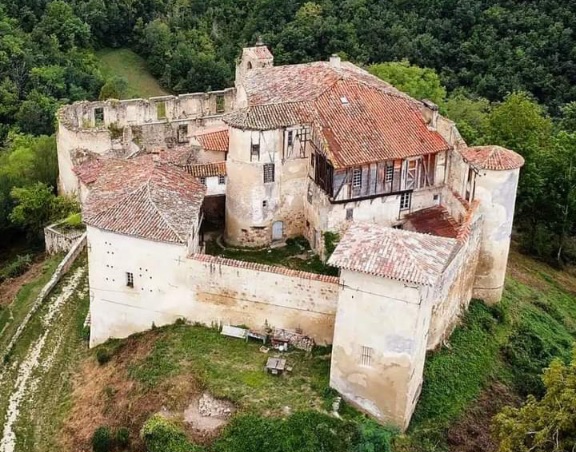
The Pailhès Castle is a medieval castle that dominates the village of Pailhès from the top of its rocky promontory. After Foix, Pailhès Castle is one of the oldest still in good condition. It is...Read more
View (107,286) | Like (0) | Comments (0)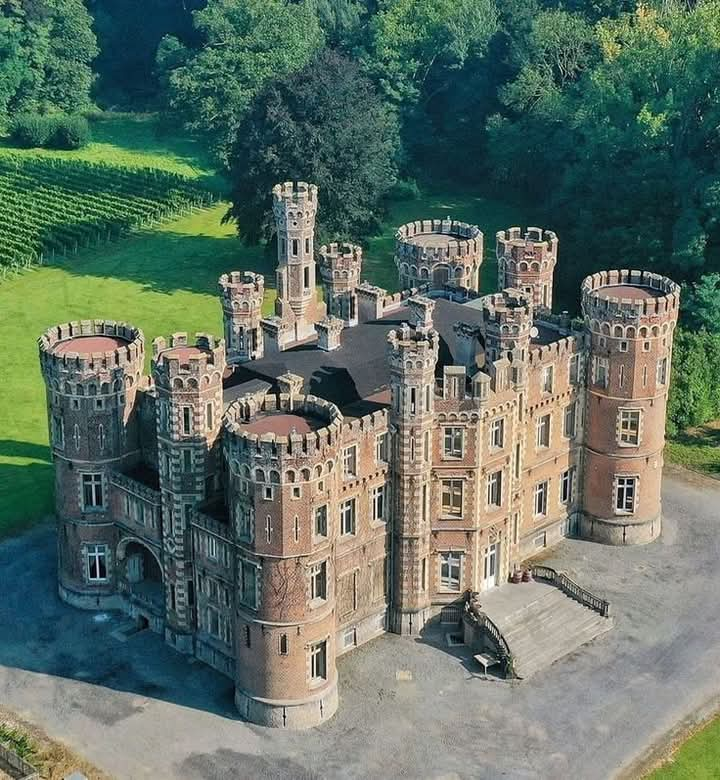
The castle of Moulbaix is an abandoned castle since 2005, near the village of Moulbaix in the Ath district, Hainaut province. The picturesque neo-Tudor style castle was designed around 1860 by the ...Read more
View (89,061) | Like (0) | Comments (0)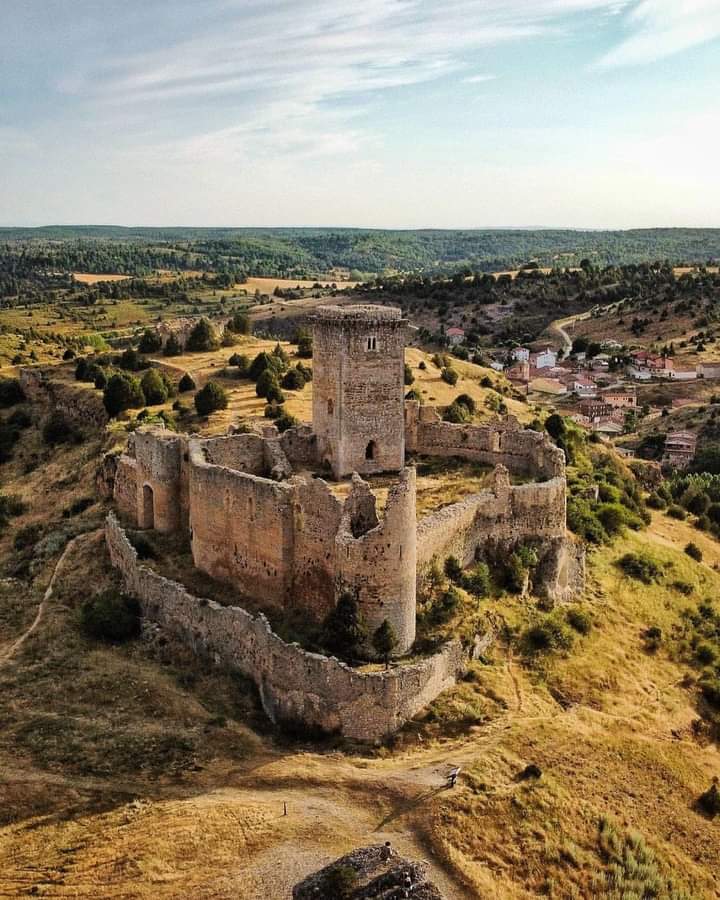
The Castle of Ucero is a medieval defensive construction located in Ucero, in the province of Soria (Castile and León, Spain). The place dominated by the castle has been inhabited since Prehistory...Read more
View (105,068) | Like (1) | Comments (0)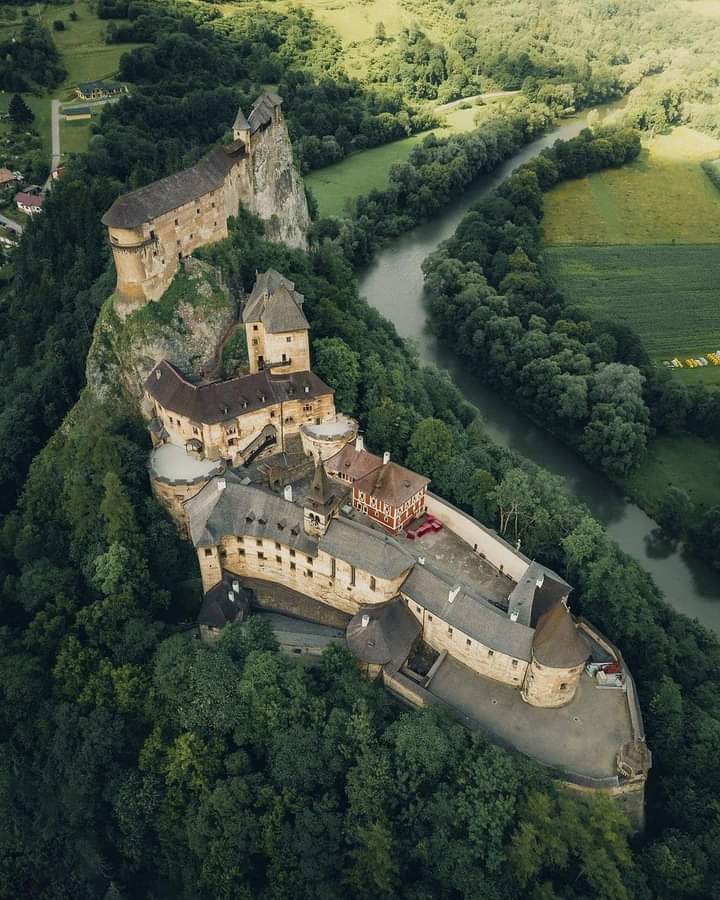
Orava Castle (Slovak: Oravský hrad, German: Arwaburg, Hungarian: Árva vára) is a castle situated on a high rock above Orava river in the village of Oravský Podzámok, Slovakia. The castle was buil...Read more
View (102,379) | Like (0) | Comments (0)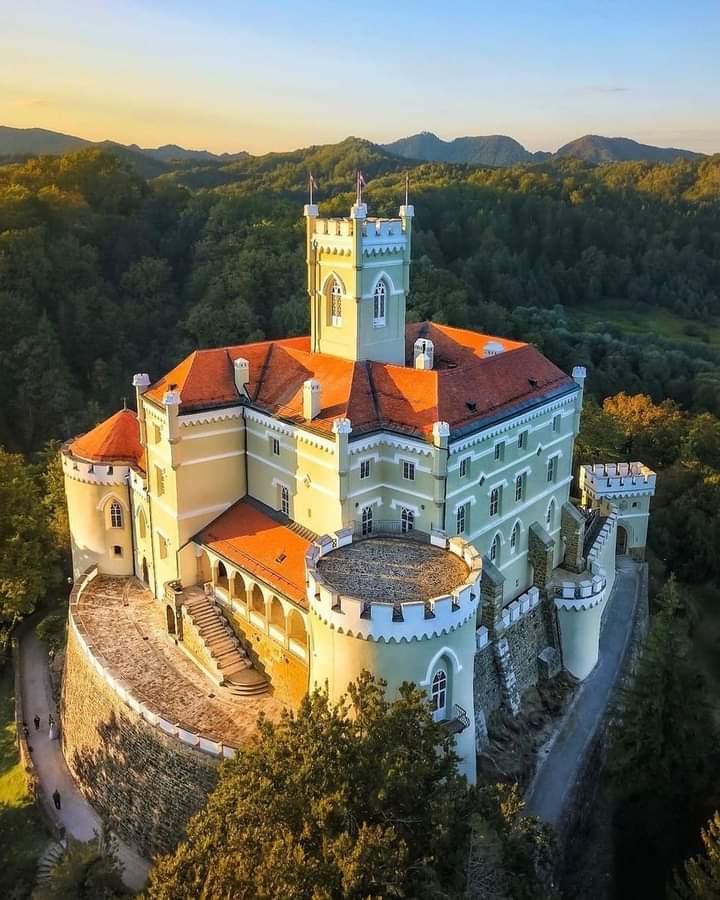
Trakošćan was built in the 13th century within Croatia's northwestern fortification system, as a rather small observation fortress for monitoring the road from Ptuj to Bednja Valley. King Maximil...Read more
View (107,289) | Like (0) | Comments (0)
এই পৃথিবীতে কেউ এসে আপনাকে সফল করে দেবে। এমন আশা করা বোকামি। জীবনের যুদ্ধটা ...Read more
View (10,893) | Like (0) | Comments (0)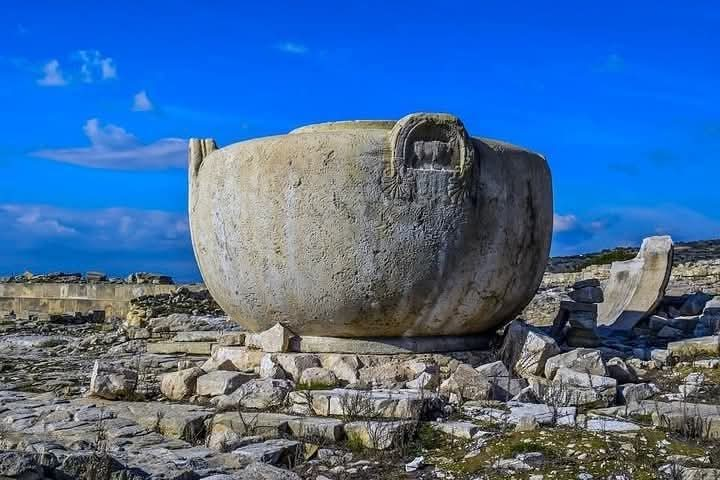
এই হল আমানথাসের সেই দৈত্যকার ফুলদানি, যা মধ্যপ্রাচ্যর মিথলজিতে অমর হয়ে আছে�...Read more
View (23,912) | Like (0) | Comments (0)
এই দুই ধরনের মেয়েদেরকে Avoid করে চলুন। ১। কারো গার্লফ্রেন্ড অথবা ওয়াইফ, এদে�...Read more
View (10,285) | Like (0) | Comments (0)
সমাজে পুরুষের মূল্যায়ন যেন একটাই মাপকাঠিতে হয় টাকা। তুমি যতই ভালো মনের মান�...Read more
View (5,561) | Like (0) | Comments (0)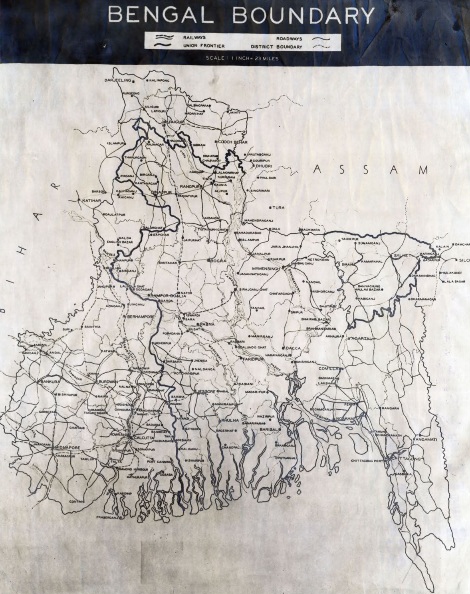
১৯৪৭ সালের মানচিত্রে বাংলার সীমানা। মাঝে মোটা টানা দাগে দেখা যাচ্ছে র্যাড...Read more
View (23,368) | Like (0) | Comments (0)
টাকার গুরুত্ব তখনই বোঝা যায়, যখন আপনার আদরের সন্তান দোকানে দাঁড়িয়ে একটা খেল�...Read more
View (13,096) | Like (0) | Comments (0)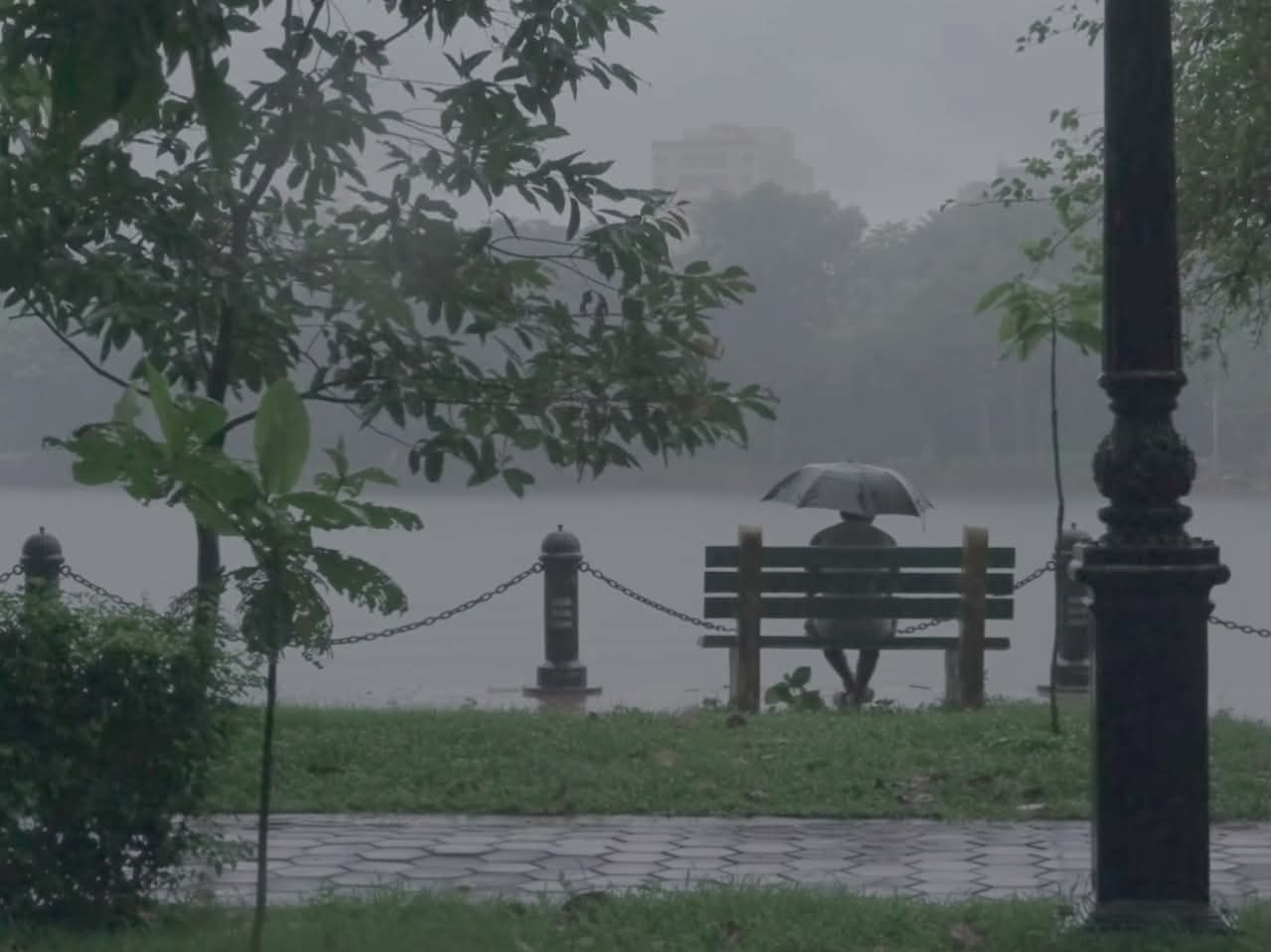
মানুষের জীবনে সবচেয়ে ভয়ংকর কষ্ট হলো-যাকে ভরসা করেছিলে। যাকে নিজের মনে জায়গ�...Read more
View (15,595) | Like (0) | Comments (0)
জীবনে অপ্রয়োজনীয় মানুষ যত কম, তত ভালো। হাজার জনের ভিড়ে কিছু সংখ্যক মানুষ�...Read more
View (10,656) | Like (0) | Comments (0)
সাফল্য আসে অভ্যাস থেকে হঠাৎ করা প্রচেষ্টা থেকে নয়! ধরুন, আপনি একটি লক্ষ্য ঠি�...Read more
View (822) | Like (0) | Comments (0)
তিমি মাছ, যারা নিজেদের জীবন সাগরে কাটিয়েছে, তারা আসলে কোনো মাছ নয়। তারা স্�...Read more
View (25,048) | Like (0) | Comments (0)Fewlook is a world wide social media platform